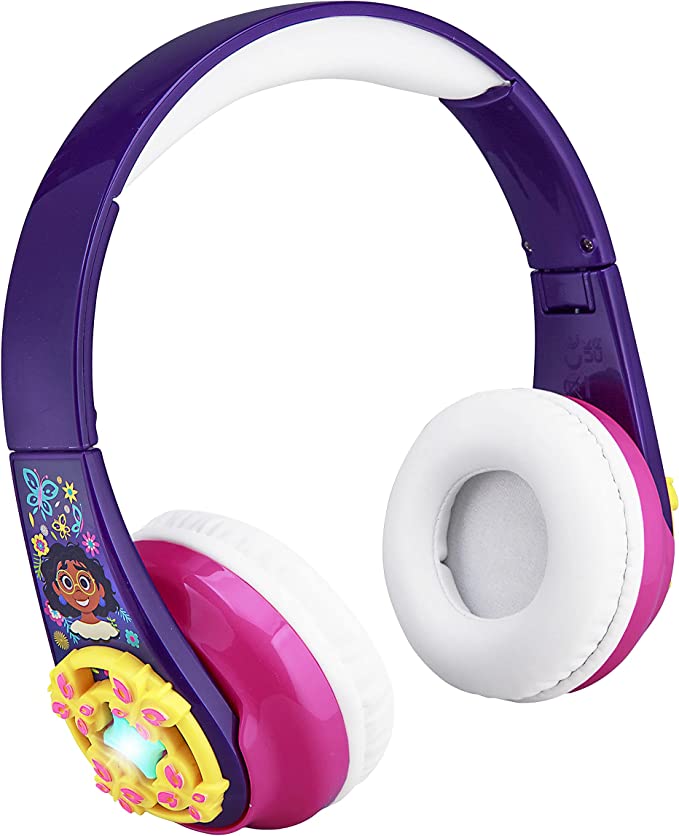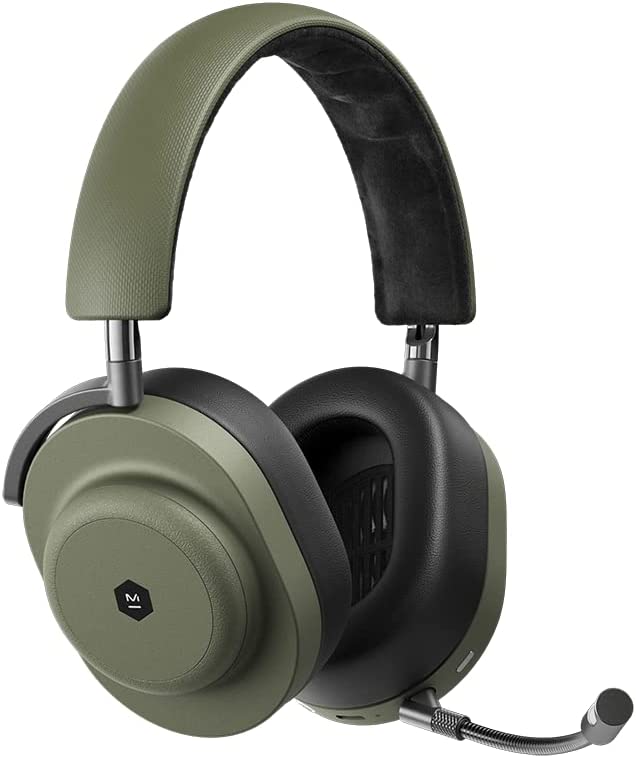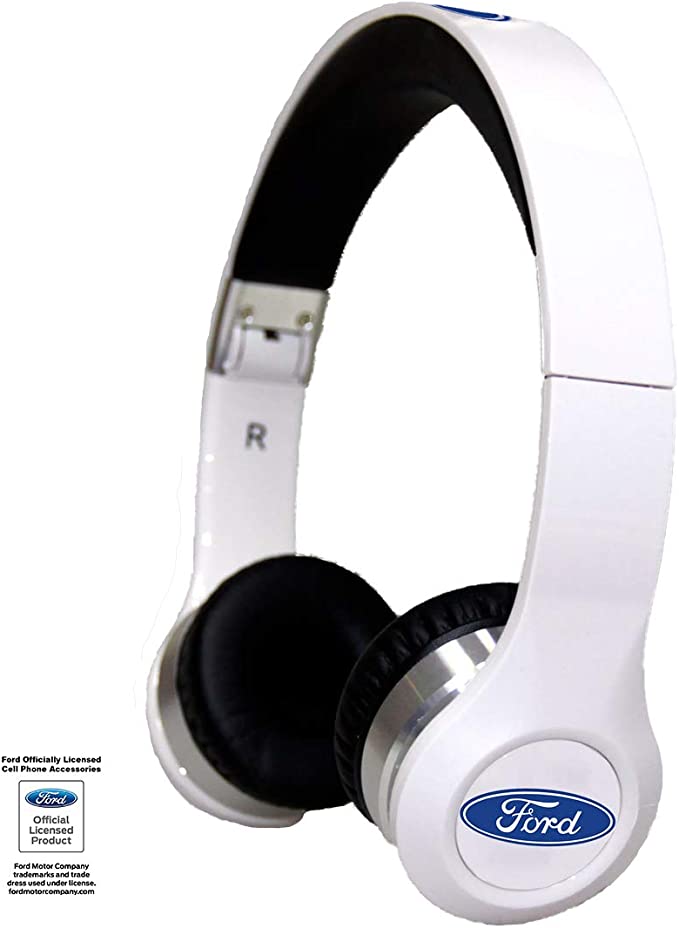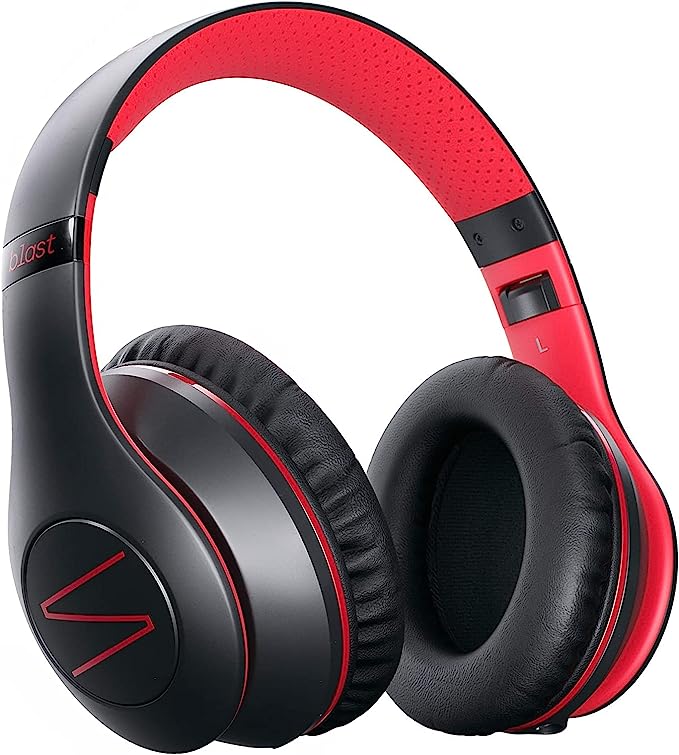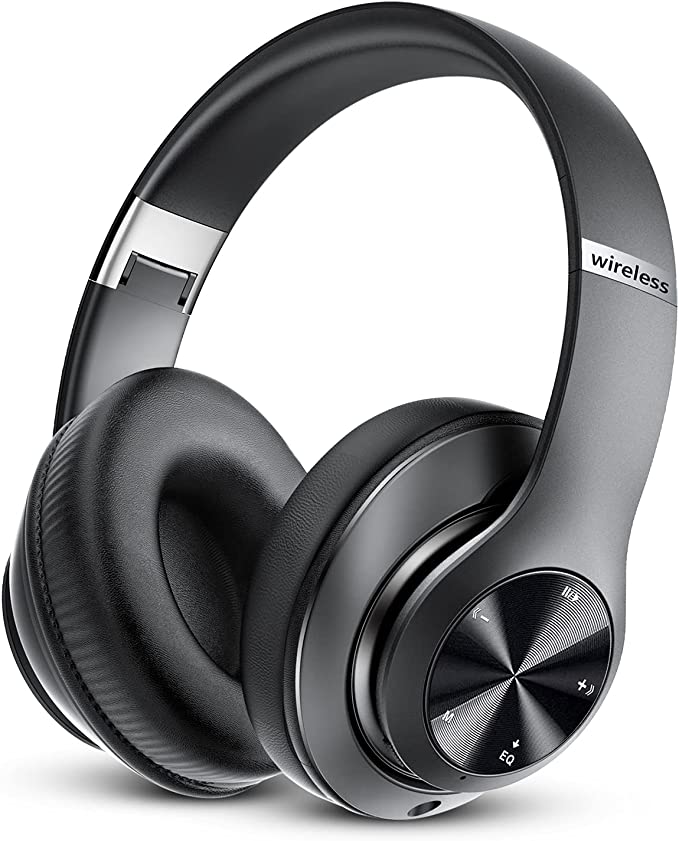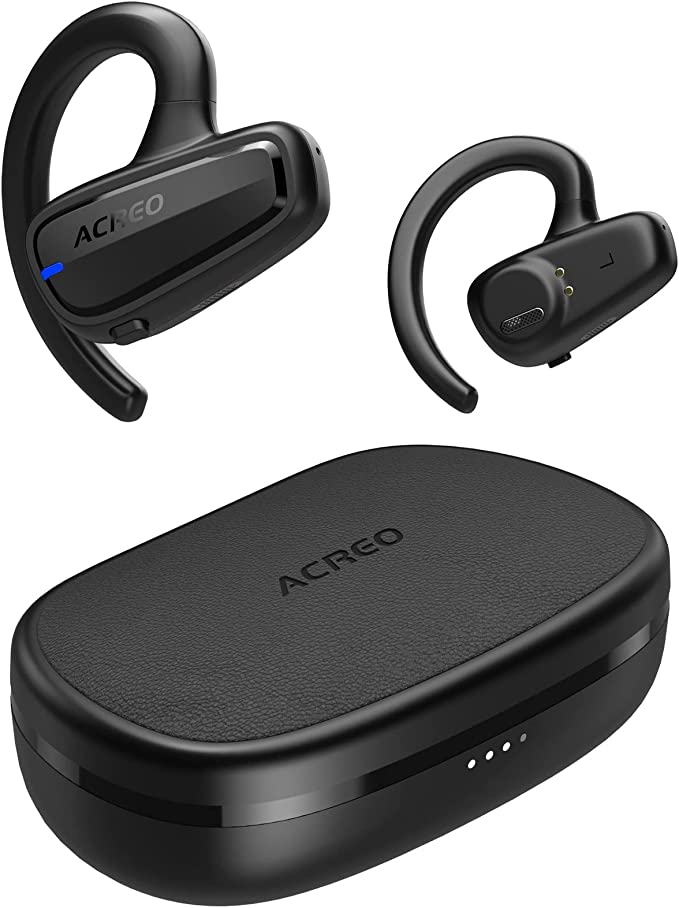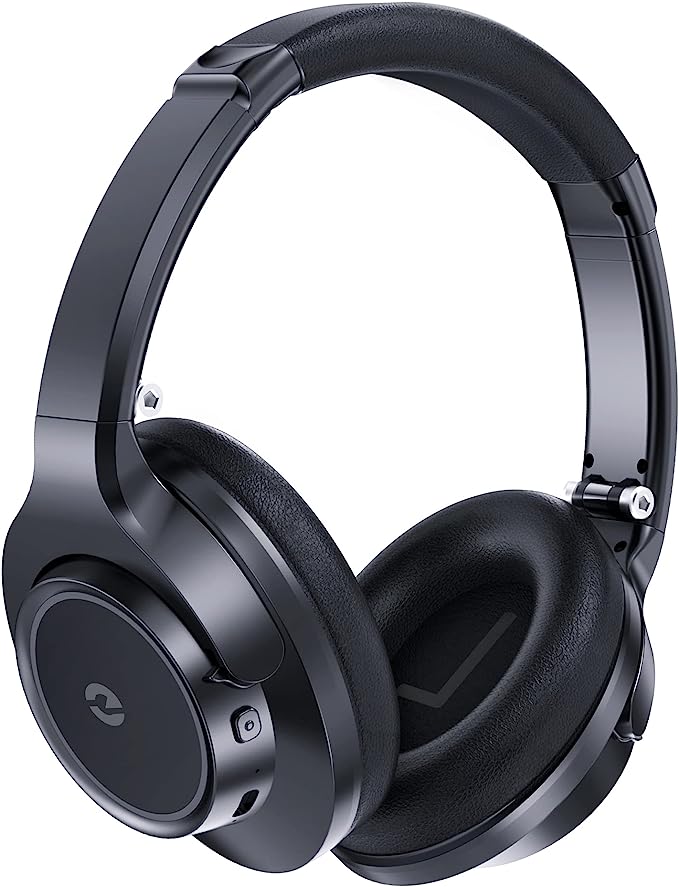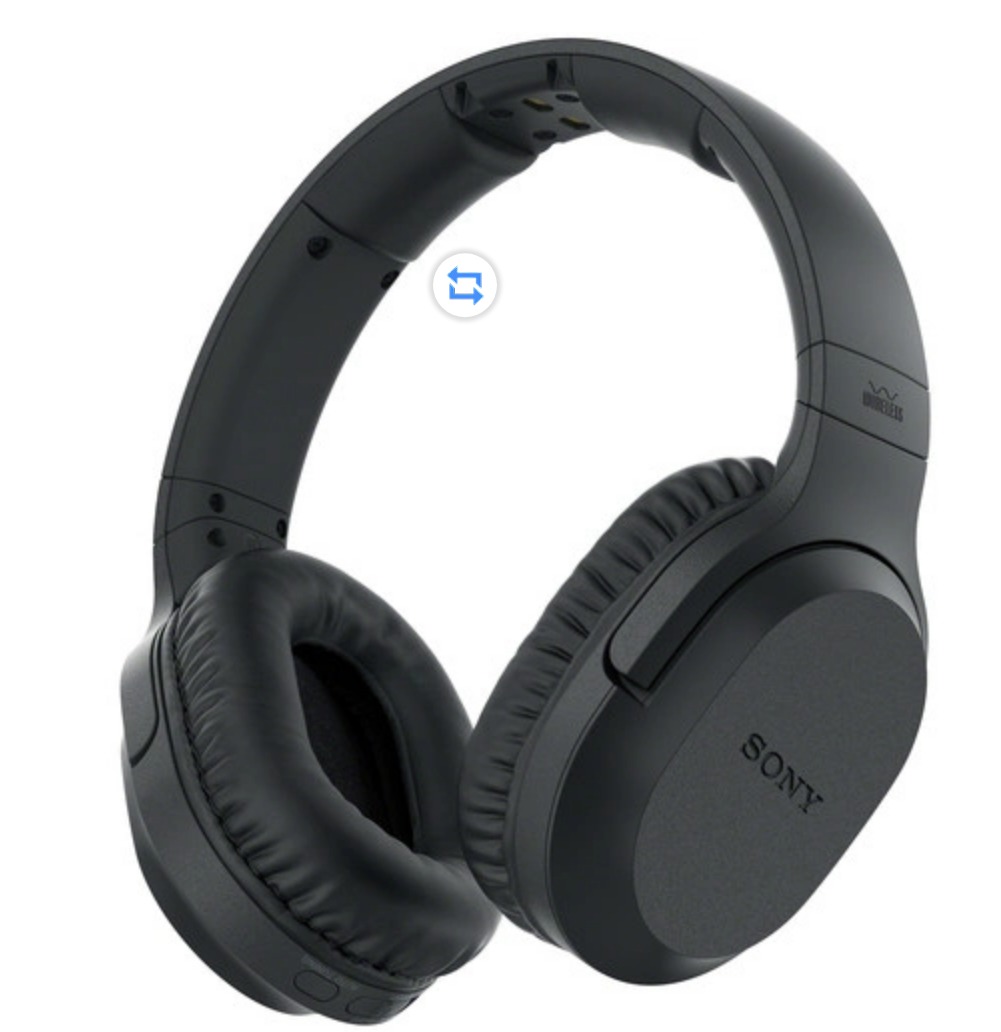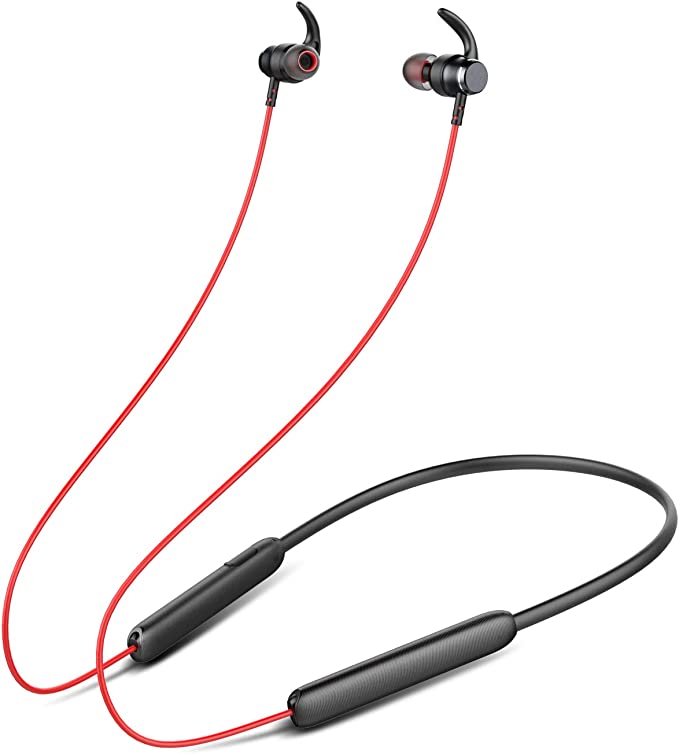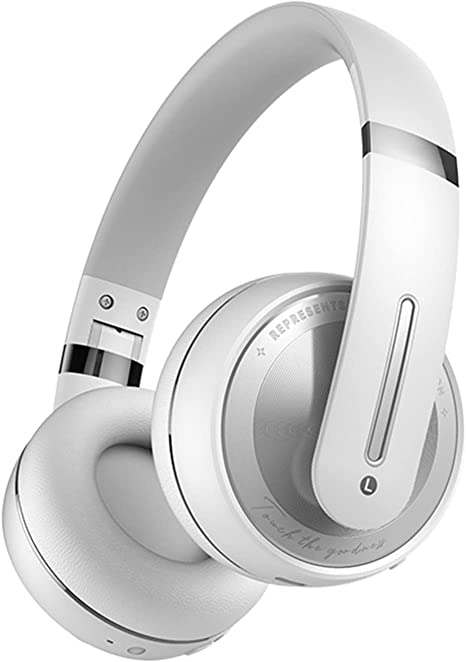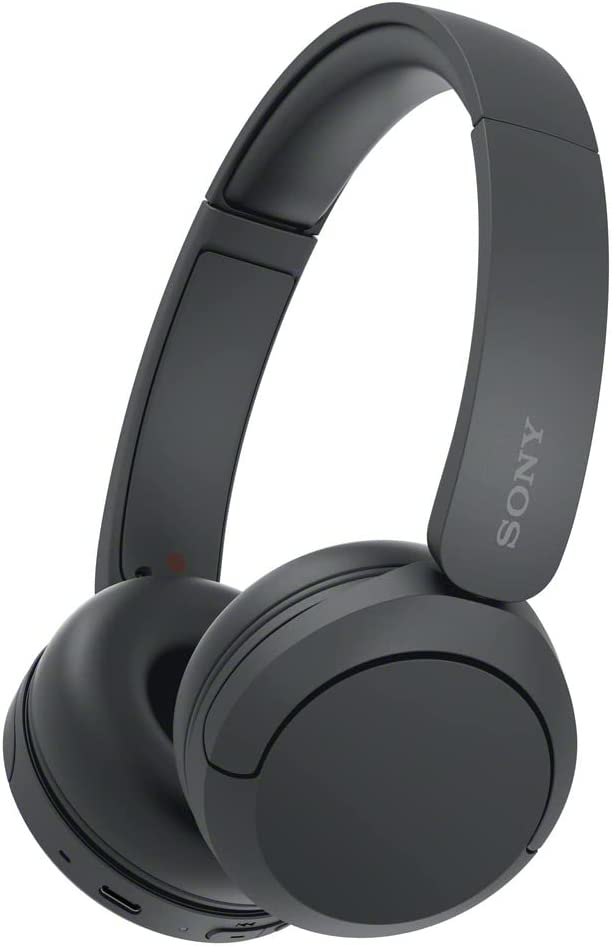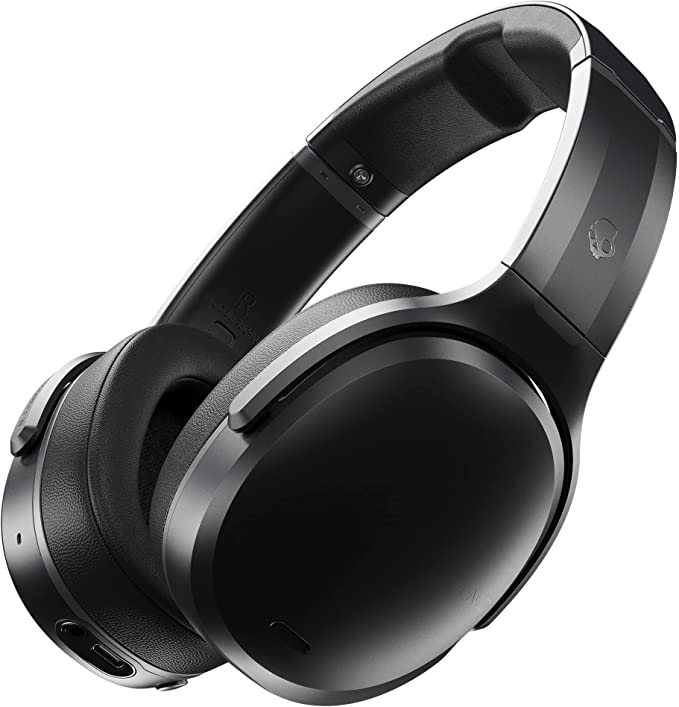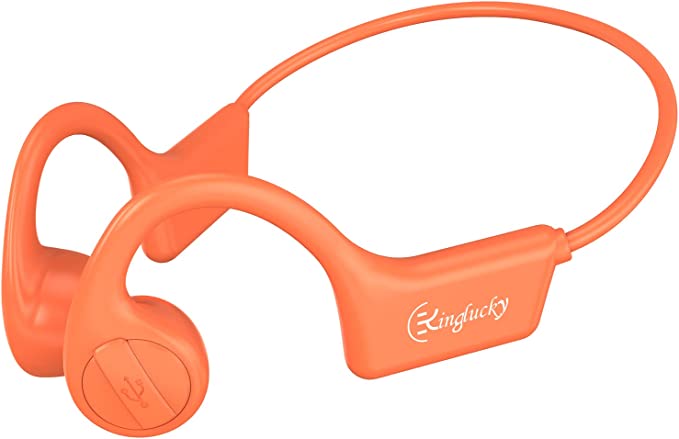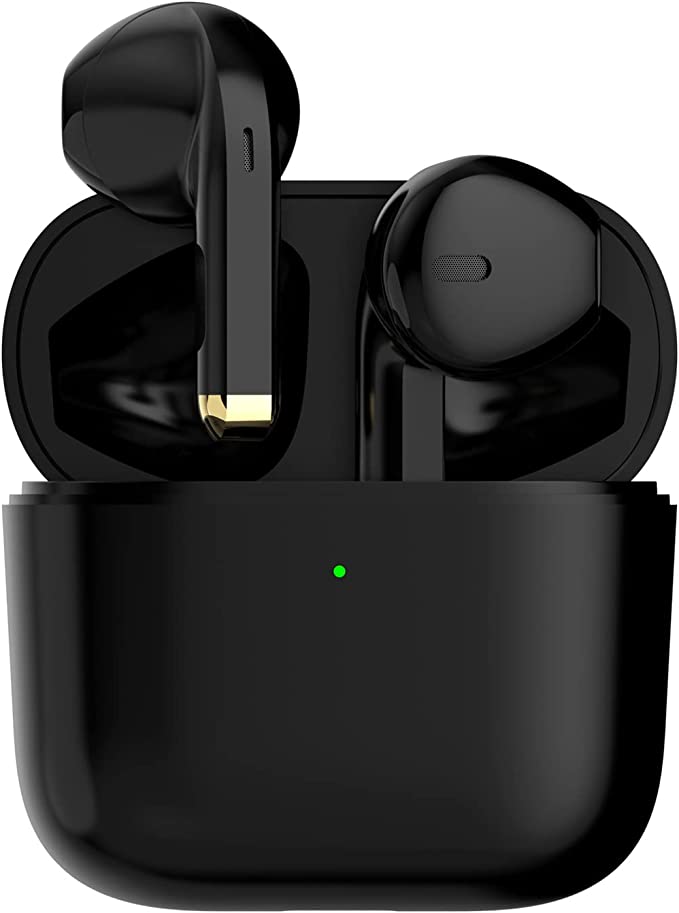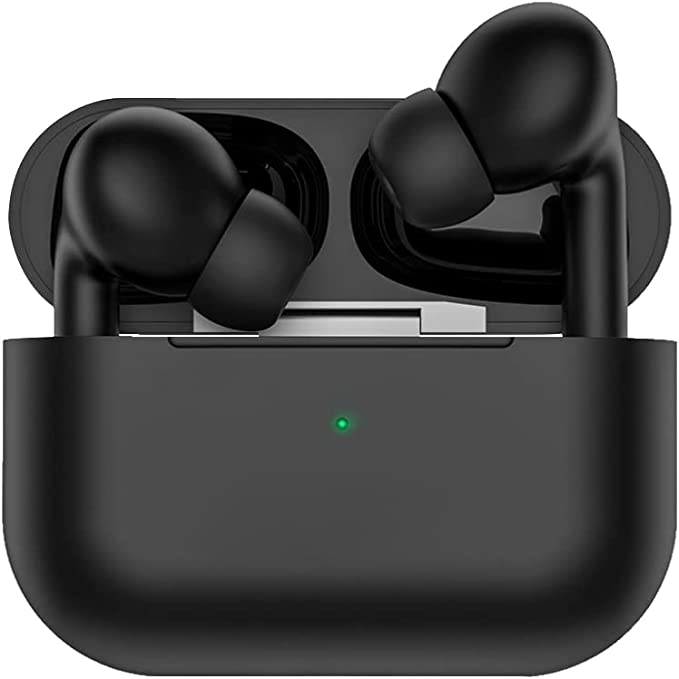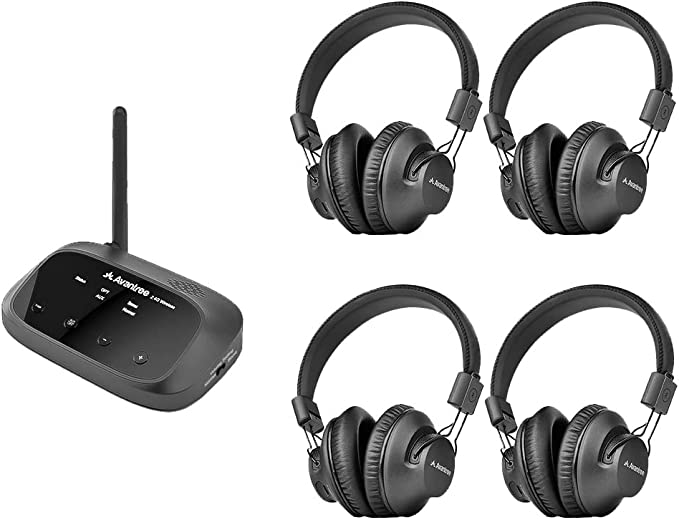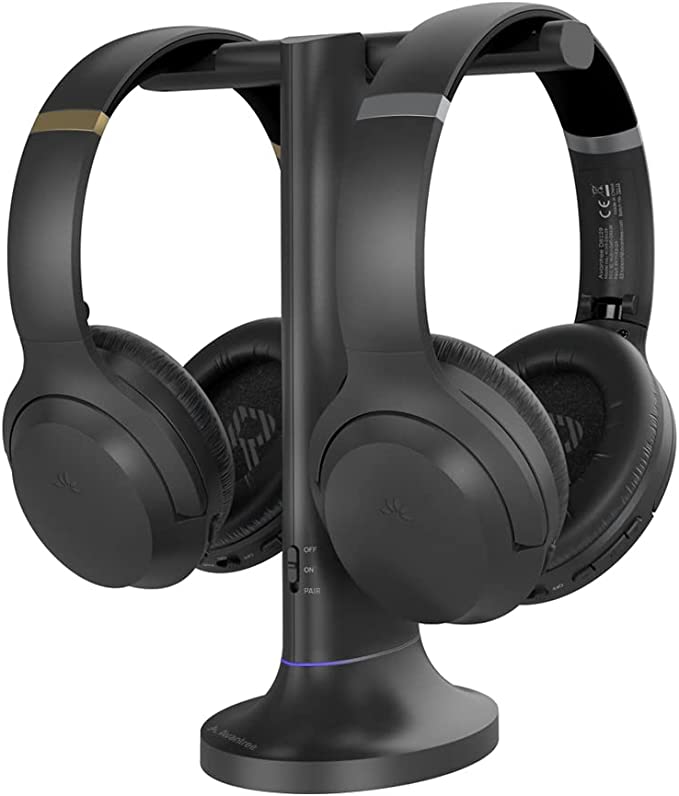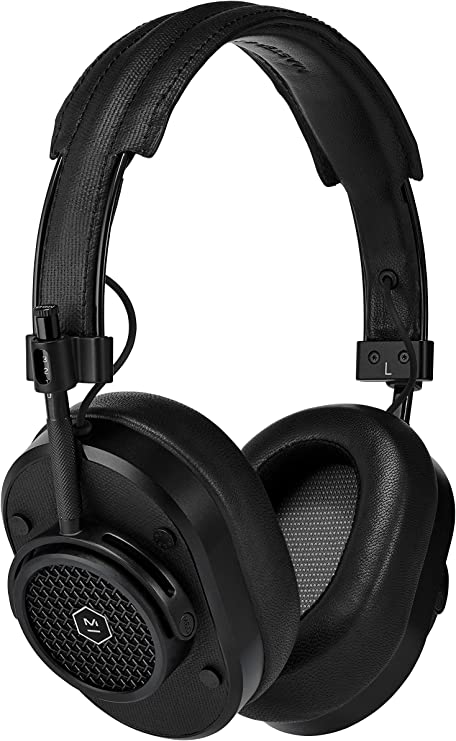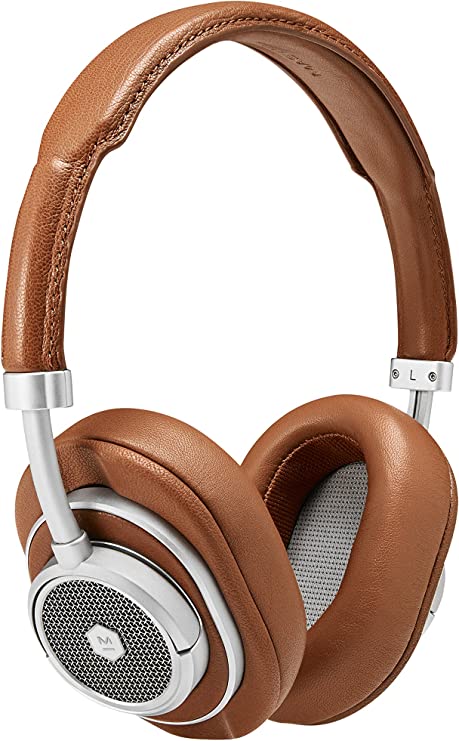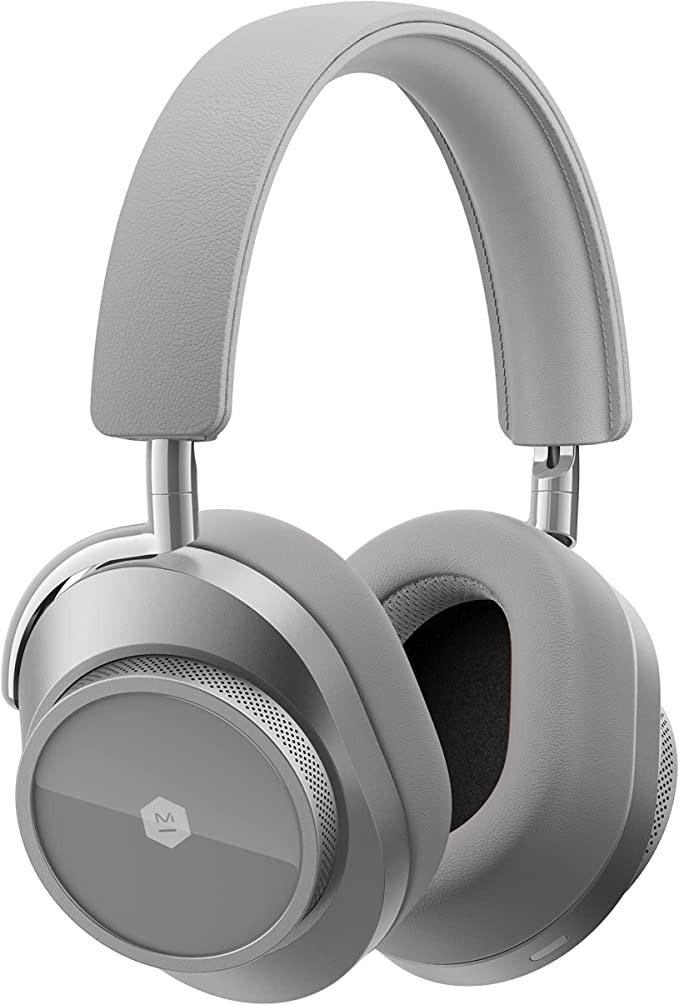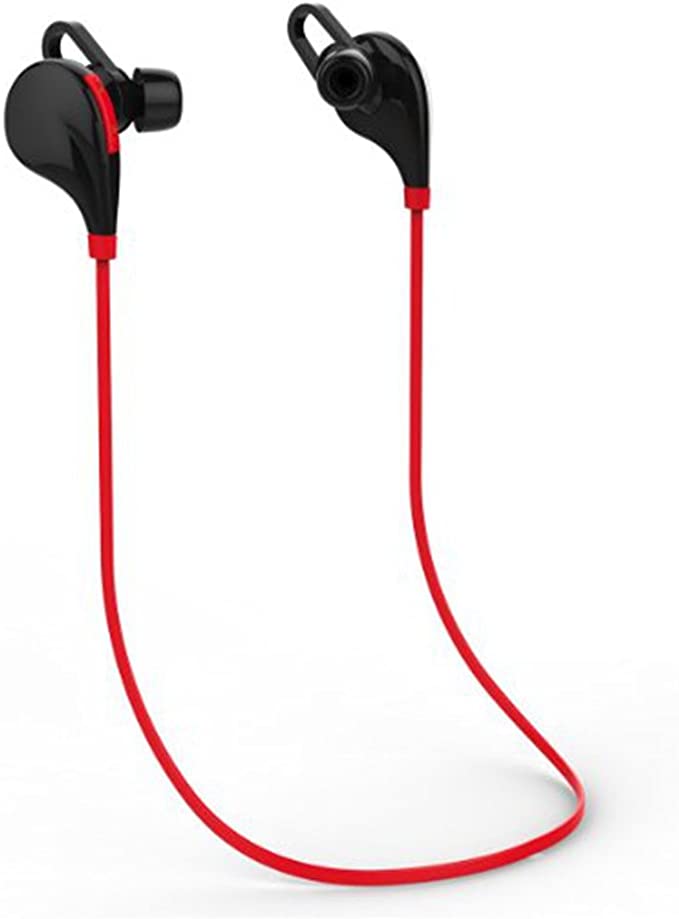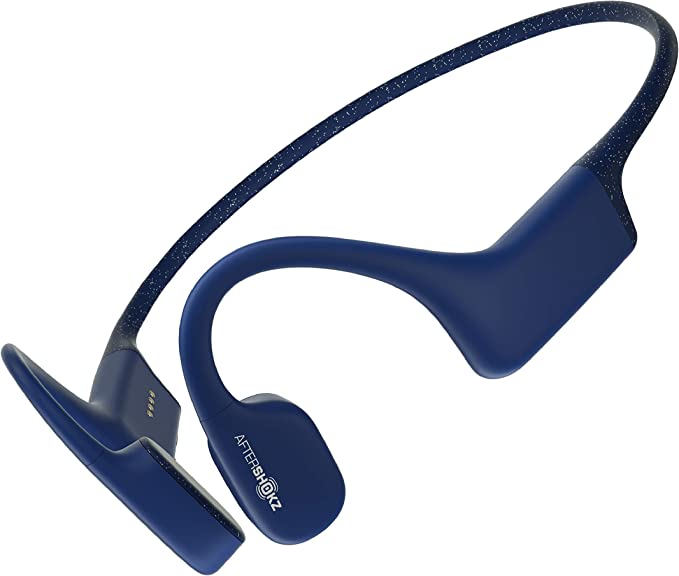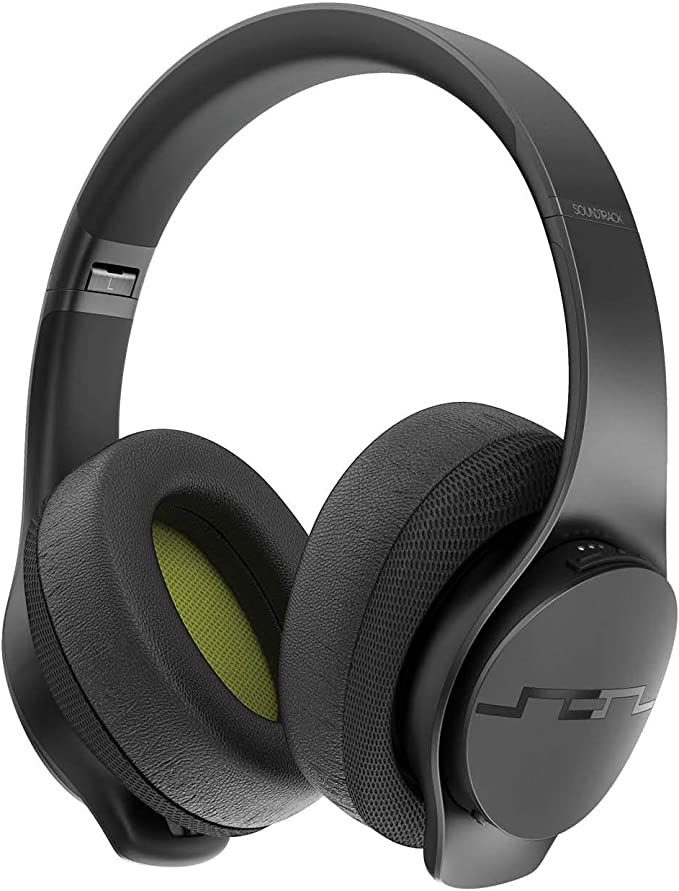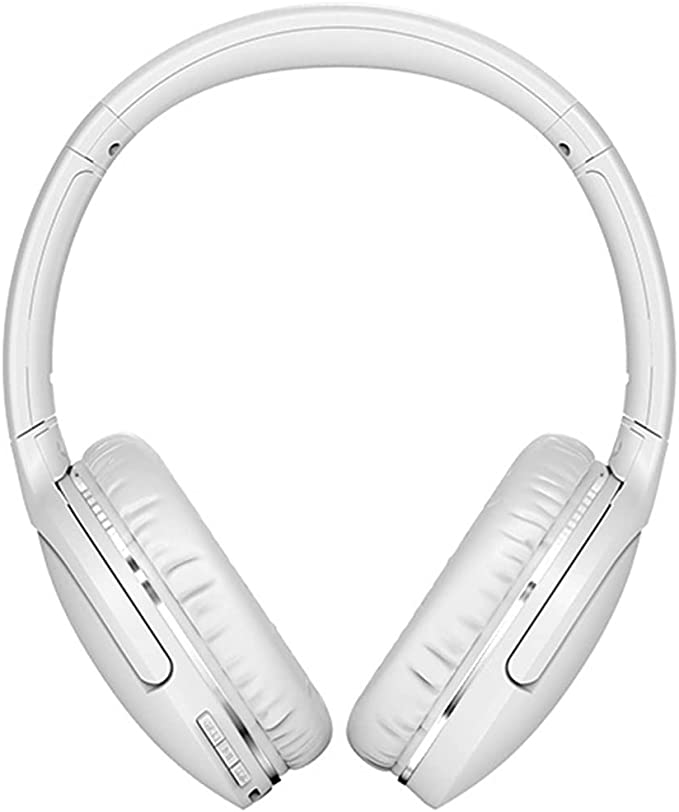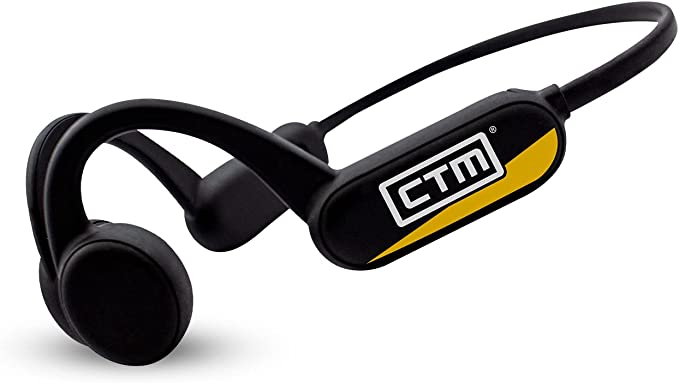Betron BN15 Foldable Wireless Headphones: Your Guide to Immersive Sound On-the-Go
Update on March 20, 2025, 8:50 a.m.
Have you ever stopped to think about how amazing wireless headphones are? Just a few decades ago, the idea of listening to music without being tethered to a device would have seemed like science fiction. Today, it’s a ubiquitous part of everyday life. But what’s the science behind this seemingly magical technology? Let’s explore the fascinating world of audio, using the Betron BN15 foldable wireless headphones as our guide.

How Sound Works: A Vibration Vacation
Before we untangle the specifics of wireless audio, we need to understand sound itself. It all boils down to vibration. Imagine dropping a pebble into a calm pond. Ripples, or waves, spread out from the point of impact. Sound works similarly. When an object vibrates – whether it’s a guitar string, a drumhead, or your vocal cords – it creates pressure waves in the air. These waves travel outwards, and when they reach our ears, they vibrate our eardrums. Our brain then interprets these vibrations as sound.
The frequency of these vibrations – how many times they occur per second – determines the pitch of the sound. High-frequency vibrations create high-pitched sounds (like a whistle), while low-frequency vibrations create low-pitched sounds (like a bass drum). The amplitude of the vibrations – how strong they are – determines the volume of the sound.

From Electricity to Your Ears: The Magic of Headphone Drivers
So, how do headphones create these vibrations? They do it using a component called a driver. Think of a driver as a tiny, highly specialized loudspeaker. It takes an electrical signal (the music from your phone or computer) and converts it into sound waves.
This conversion happens through electromagnetism. Inside the driver, there’s a coil of wire (called a voice coil) positioned near a magnet. When an electrical current passes through the voice coil, it creates a magnetic field. This field interacts with the magnet’s field, causing the voice coil to move rapidly back and forth. Attached to the voice coil is a thin, flexible sheet called a diaphragm. As the voice coil moves, it pushes and pulls the diaphragm, creating those pressure waves in the air – the sound you hear.
Size Matters (When It Comes to Drivers)
The Betron BN15 headphones feature 40mm drivers. The size of the driver is important because it affects how much air the diaphragm can move. Generally speaking, larger drivers can move more air, which means they can produce a stronger, more powerful bass response. This doesn’t mean that smaller drivers are always inferior – they can be excellent for reproducing higher frequencies – but for a full, rich sound, especially in the lower ranges, a larger driver is often preferred.
The Wireless Wave: Understanding Bluetooth Audio
Now, let’s tackle the “wireless” part. The Betron BN15, like many modern headphones, uses Bluetooth technology to receive audio signals without any physical cables. Bluetooth is a short-range wireless communication standard that allows devices to “talk” to each other. In this case, your phone or computer is “talking” to your headphones, sending the audio data wirelessly.
Bluetooth works by using radio waves in a specific frequency band (2.4 GHz). Your phone encodes the audio signal into a digital format, then transmits it as a series of radio waves. The Bluetooth chip inside the headphones receives these waves, decodes them back into an audio signal, and sends that signal to the drivers, which then produce the sound. The BN15 uses Bluetooth version 4.1. While newer versions of Bluetooth exist, 4.1 offers a stable and reliable connection with a range of up to 10 meters (about 33 feet), as indicated in the provided product information.
Codecs Count: A (Brief) Look at Bluetooth Audio Codecs
Because Bluetooth has limited bandwidth (the amount of data it can transmit per second), the audio signal needs to be compressed before it’s sent. This is where codecs come in. A codec is a piece of software that encodes and decodes digital audio data.
There are several different Bluetooth audio codecs, each with its own strengths and weaknesses. Some common ones include:
- SBC (Subband Coding): This is the mandatory, default codec for all Bluetooth headphones. It’s relatively simple and doesn’t require much processing power, but its sound quality is generally considered to be the lowest.
- AAC (Advanced Audio Coding): This codec is commonly used by Apple devices. It offers better sound quality than SBC at similar bitrates.
- aptX (and its variants): This family of codecs is designed to provide higher-fidelity audio than SBC.
The provided information for the Betron BN15 doesn’t specify which codec(s) it supports. However, even with SBC, the standard codec, the BN15 can deliver a satisfying listening experience, especially given its other features.

Betron BN15: A Closer Look
Let’s bring all this back to the Betron BN15 headphones.
-
Design and Portability: The BN15’s defining feature is its foldable design. This isn’t just a gimmick; it makes them significantly easier to transport. When folded, they take up less space in your bag or backpack, making them ideal for commuting, traveling, or simply carrying around. The adjustable headband, cushioned with rubber, aims to provide comfort during use.
-
Sound Quality: As we’ve discussed, the 40mm drivers in the BN15 are a key contributor to its sound quality. They allow for a richer, more powerful bass response compared to headphones with smaller drivers. The frequency response of 20-20,000 Hz covers the entire range of human hearing, meaning the headphones should be capable of reproducing all the sounds in your music, from the deepest lows to the highest highs.
-
Battery Life and Connectivity: The BN15 offers up to 12 hours of playback on a single charge. This is a respectable figure, allowing for extended listening sessions without needing to constantly recharge. The 2-4 hour charging time is also fairly standard. Crucially, the BN15 also includes a 3.5mm audio cable. This allows you to use the headphones in a wired mode, even if the battery is depleted. This is a valuable feature for situations where Bluetooth is unavailable or when you want to conserve battery power.
-
Controls: The built-in microphone and on-earcup controls provide convenient hands-free operation. You can answer calls, adjust the volume, and play/pause music without having to take out your phone.
Beyond the Specs: The Listening Experience
While technical specifications are important, they don’t tell the whole story. User reviews often highlight the BN15’s strong bass response and overall value for money. Some users mention that the earcups can feel a bit small, especially for those with larger ears, and a few reports mention issues with earcup durability. These are valid points to consider, but it’s also important to remember that comfort is subjective, and the BN15 is positioned as a budget-friendly option.
Keeping Your Headphones Happy: A Little TLC
To ensure your headphones last, a little care goes a long way. Keep them clean by gently wiping them down with a soft, slightly damp cloth. Avoid exposing them to extreme temperatures or moisture. If the earpads are detachable (as they are on the BN15), you can remove them for more thorough cleaning.

The Future of Sound
The world of wireless audio is constantly evolving. We can expect to see continued improvements in sound quality, battery life, and features like active noise cancellation (which, while not present in the BN15, is becoming increasingly common). We might also see more headphones incorporating features like spatial audio, which creates a more immersive, three-dimensional listening experience.
The Betron BN15, while not at the cutting edge of all these advancements, represents a solid and affordable entry point into the world of wireless audio. It’s a reminder that good sound and convenient features don’t have to come with a premium price tag. Understanding the basic science behind how these headphones work can enhance your appreciation for the technology and help you make informed choices when selecting your next pair.
